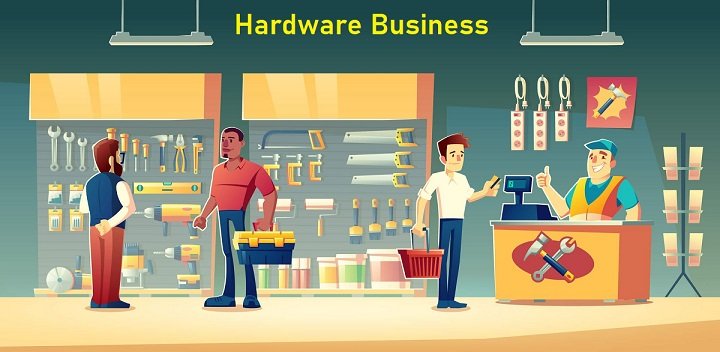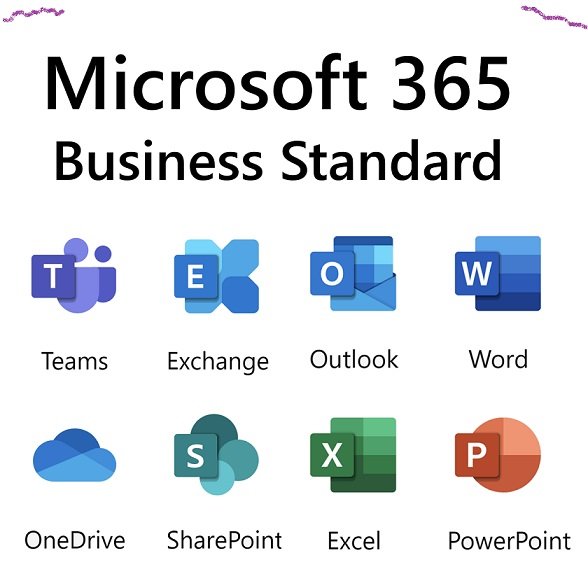The Complete Guide to Starting and Growing a Successful Hardware Business
Introduction
The hardware business is a cornerstone of the construction and home improvement industries. It encompasses a wide range of products, from tools and fasteners to construction materials and DIY supplies. If you’re considering entering this lucrative market, this comprehensive guide will provide the insights, strategies, and practical steps necessary for success.
Table of Contents
- Understanding the Hardware Business Market
- Essential Steps to Start a Hardware Business
- Business Models in the Hardware Industry
- Key Products and Inventory Management
- Marketing Strategies for a Hardware Business
- Financial Planning and Budgeting
- Challenges and How to Overcome Them
- Success Stories in the Hardware Business
- Frequently Asked Questions (FAQs)
1. Understanding the Hardware Business Market
Industry Overview
The hardware business is a multi-billion-dollar industry that supports sectors like construction, home renovation, and maintenance. According to recent reports, the global hardware market is projected to grow at a CAGR of 4.3% from 2023 to 2030, driven by urbanization, infrastructure projects, and increasing DIY activities.
Target Audience
Key customer segments include:
- Contractors and Builders: Purchase in bulk for construction projects.
- Homeowners: Focus on DIY projects and repairs.
- Small Businesses: Require tools and materials for maintenance.
Market Trends
- Growing demand for eco-friendly and sustainable products.
- Integration of digital technology for inventory and sales.
- Rise of e-commerce platforms for hardware supplies.
2. Essential Steps to Start a Hardware Business
Step 1: Conduct Market Research
Identify the demand in your target location. Assess the competition and understand customer preferences.
Step 2: Create a Business Plan
A solid business plan should include:
- Mission and Vision: Define your purpose and goals.
- Target Market Analysis: Outline your ideal customers.
- Financial Projections: Estimate startup costs, revenue, and expenses.
Step 3: Secure Funding
Common funding options include:
- Personal savings
- Bank loans
- Venture capital
Step 4: Choose a Location
Look for high-traffic areas, preferably near residential or commercial hubs.
Step 5: Obtain Licenses and Permits
Ensure compliance with local regulations. Common requirements include:
- Business license
- Tax registration
- Zoning permits
3. Business Models in the Hardware Industry
Brick-and-Mortar Store
- Pros: Direct customer interaction, immediate product availability.
- Cons: High operational costs.
E-Commerce Platform
- Pros: Wider reach, lower overhead.
- Cons: Requires strong logistics and digital marketing.
Hybrid Model
Combines physical stores with an online presence, maximizing reach and customer convenience.
4. Key Products and Inventory Management
Product Categories
- Hand Tools: Hammers, screwdrivers, pliers.
- Power Tools: Drills, saws, sanders.
- Fasteners: Screws, bolts, nails.
- Building Materials: Cement, wood, steel.
- Paints and Coatings: For home improvement projects.
Inventory Management Tips
- Use inventory management software to track stock levels.
- Categorize products for easy access.
- Monitor sales trends to optimize stock.
Example Table: Popular Products and Their Average Margins
| Product Category | Average Cost (USD) | Selling Price (USD) | Profit Margin (%) |
|---|---|---|---|
| Hand Tools | $5 – $20 | $10 – $40 | 50% – 100% |
| Power Tools | $50 – $200 | $75 – $300 | 30% – 50% |
| Fasteners | $0.05 – $1 | $0.10 – $2 | 50% – 100% |
| Building Materials | $10 – $100 | $15 – $150 | 20% – 50% |
| Paints & Coatings | $10 – $50 | $15 – $75 | 30% – 50% |
5. Marketing Strategies for a Hardware Business
Traditional Marketing
- Flyers and brochures in local areas.
- Radio and newspaper ads.
- Sponsoring community events.
Digital Marketing
- Search Engine Optimization (SEO): Optimize your website for local search queries.
- Social Media Marketing: Use platforms like Facebook and Instagram to promote your products.
- Email Marketing: Share promotions and updates with your subscriber list.
Customer Engagement
- Offer loyalty programs.
- Conduct DIY workshops to attract homeowners.
6. Financial Planning and Budgeting
Startup Costs
- Rent and utilities
- Initial inventory
- Marketing and advertising
- Equipment and software
Budget Example
| Expense Category | Estimated Cost (USD) |
| Rent | $1,500 – $3,000 |
| Inventory | $10,000 – $50,000 |
| Marketing | $1,000 – $5,000 |
| Miscellaneous | $500 – $2,000 |
| Total | $13,000 – $60,000 |
7. Challenges and How to Overcome Them
Common Challenges
- Intense competition from large retailers.
- Fluctuating demand due to economic conditions.
- Managing inventory effectively.
Solutions
- Differentiate your business by offering superior customer service.
- Diversify product offerings to mitigate demand fluctuations.
- Use data analytics to forecast trends and adjust inventory.
8. Success Stories in the Hardware Business
Example: Ace Hardware
Ace Hardware started as a small cooperative in 1924 and has grown into a global brand with over 5,000 stores. Their success lies in franchising, excellent customer service, and adapting to market trends.
9. Frequently Asked Questions (FAQs)
1. How much does it cost to start a hardware business?
Startup costs can range from $13,000 to $60,000, depending on location, inventory, and business size.
2. What are the most profitable products in the hardware business?
Power tools and fasteners often have high-profit margins due to consistent demand.
3. Can I run a hardware business from home?
Yes, you can start a small-scale e-commerce hardware business from home, but it requires robust logistics and marketing.
Conclusion
Starting and growing a hardware business requires careful planning, market understanding, and a customer-focused approach. By following the steps outlined in this guide, you can establish a successful hardwarebusiness that meets market needs and achieves long-term profitability.




